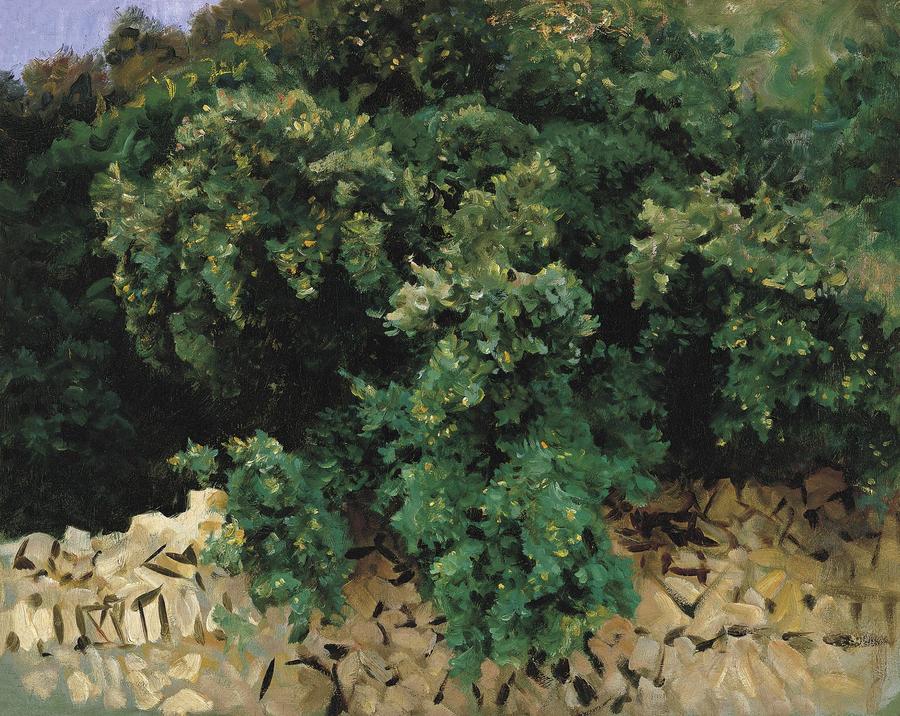Chrysler Museum of Art: Feb. 12-May 16, 2021
Milwaukee Art Museum: June 11-Oct. 3, 2021
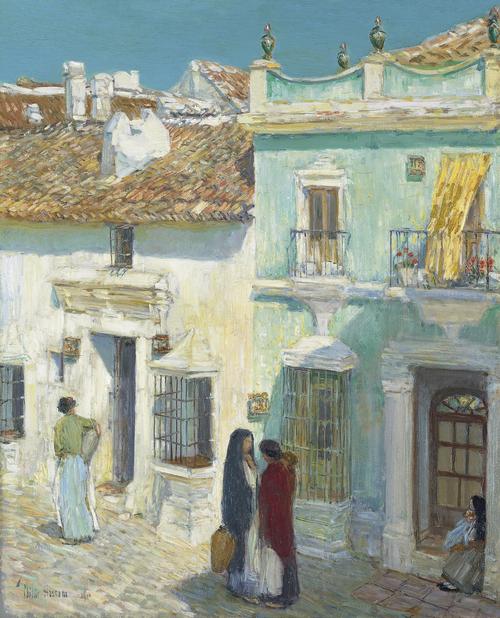
Opening on February 12, 2021, in Norfolk, Virginia, and on June 11, 2021, in Milwaukee, Wisconsin, Americans in Spain: Painting and Travel, 1820–1920 highlights prominent American artists such as Mary Cassatt, William Merritt Chase, Robert Henri and John Singer Sargent, who traveled to Spain for training and to study the old masters at the Prado Museum.
The more than 100 paintings, photographs and prints on view will be presented chronologically and organized to emphasize migration, tourism and travel in nineteenth-century Spain. Additional themes include the romance and the reality of old Spain; Spanish architecture, gardens and landscapes; Spain’s Nasrid history and the country’s Western fantasies; and the collecting and display of Spanish art in the United States. Americans in Spain will also include a 3-D visualization that will recreate the historic galleries at the Prado Museum during the period covered by the exhibition.
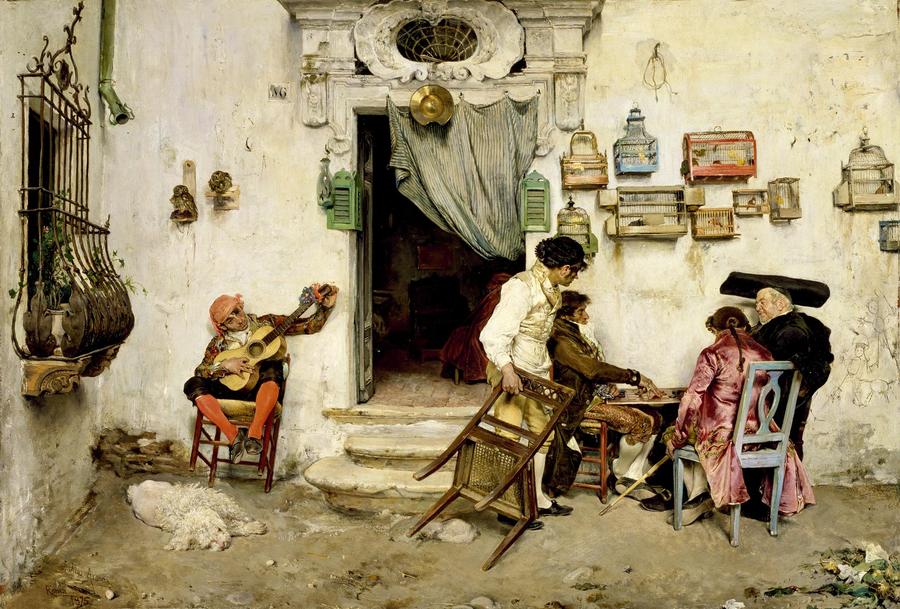
“It’s difficult to overstate the importance that Spanish culture had on artists from the United States at the time and we’re delighted to share this important moment and its art with a wider public,” said Brandon Ruud, Abert Family Curator of American Art, Milwaukee Art Museum. “Uniquely, and given the current limitations on travel, the 3-D Visualization of the Prado Museum, Interactive Artist Travelers Project and the app that accompany the exhibition, make it possible for people to visit the Prado Museum and popular sites throughout Spain while exploring the art in the museum or from the comfort of their own homes.”
Beginning in the nineteenth century, Spain attracted an increasing number of European artists, who were drawn to the country largely through stories of dramatic exploits, which romantic, Victorian-era cultural associations reinforced. American painters also sought to capture the country’s scenic charms and seemingly exotic customs firsthand, but not until the outbreak of the Civil War did they begin traveling in earnest to Spain.
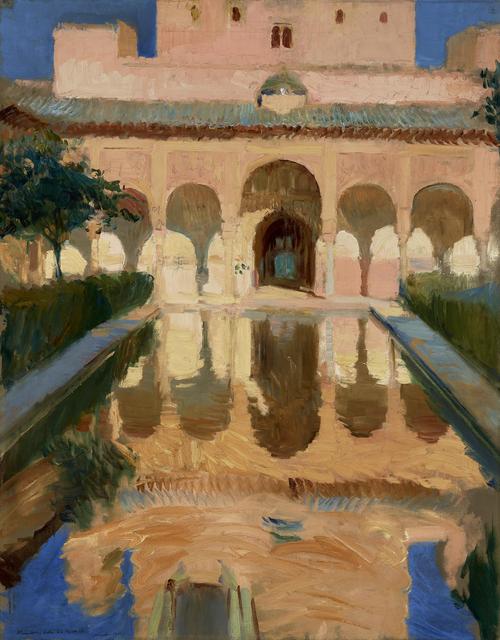
“International travel and exchange have always been central to the history of American art,” said Corey Piper, Brock Curator of American Art, Chrysler Museum of Art. “At a time when tourism and movement have been disrupted throughout the world, this exhibition explores a vibrant and significant moment in American painting, spurred by artists who traveled back and forth between Spain and the United States.
Americans in Spain features artists and movements that expand upon areas of particular strength in the Milwaukee Art Museum’s collection, especially artists of the Ashcan Circle and the Eight, as well as in the Chrysler Museum of Art’s holdings of American and old master works. Among the highlights are Sargent’s famous Carmencita (1890), on loan from the Musée d’Orsay; a newly discovered painting by Mary Cassatt, from a Madrid private collection, never before shown in the United States; and Spanish old masters on loan from the Prado Museum that American painters copied.
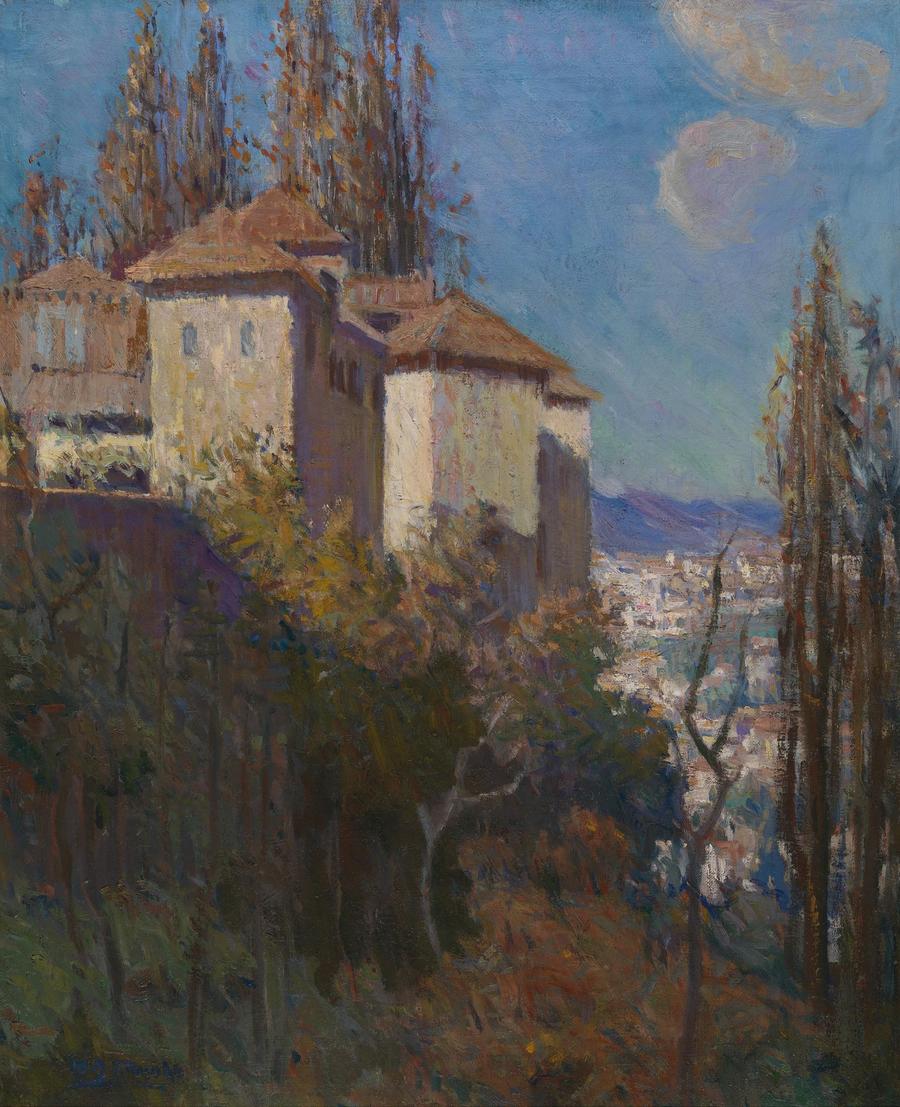
American and European artists borrowed from Spanish prototypes, adapting flamenco dancers, matadors and other colorful characters for their own dramatic canvases. Landscape painters introduced the country’s medieval architecture and romantic gardens to American audiences. Women artists, in particular, found Spain more accommodating than other European countries to which they traveled. Mary Cassatt visited the country by herself (a rarity for a woman at the time) and had a studio for several months in one of Seville’s most historically significant buildings.
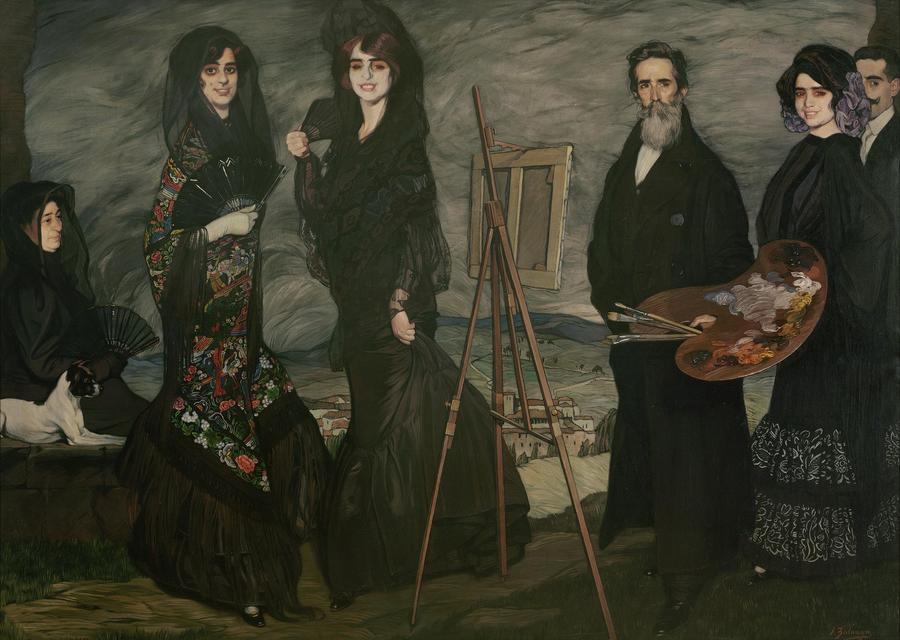
“The story of this often overlooked aspect of art history is one we were in a good position to tell,” said Marcelle Polednik, Ph.D., Donna and Donald Baumgartner director at the Milwaukee Art Museum. “Milwaukee has a long history of presenting the art of Spain, and Marquette University and the American Geographical Society Library at the University of Wisconsin–Milwaukee are rich with related resources and programs. Having the Chrysler Museum join us as a partner has been invaluable in strengthening the project.”
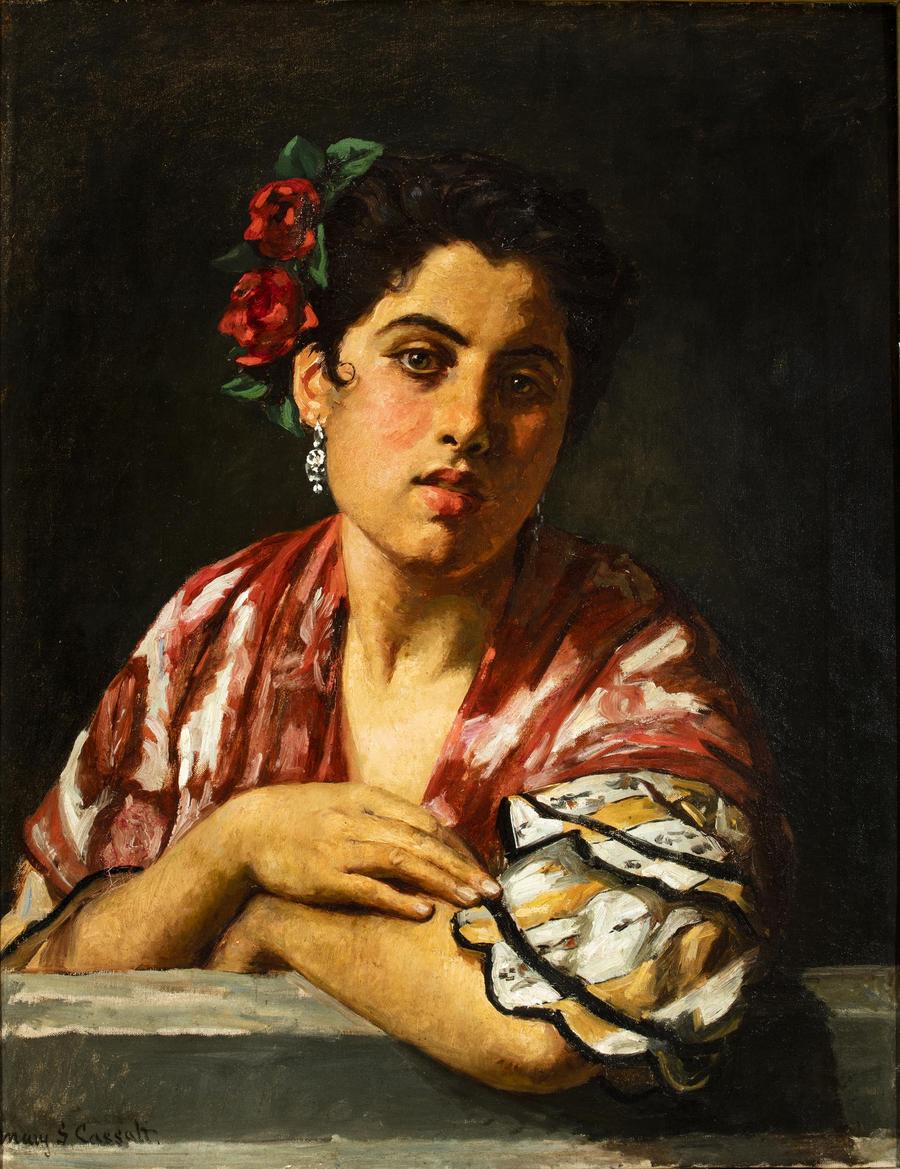
Presenting Americans in Spain: Painting and Travel, 1820–1920 in the era of the COVID-19 pandemic offers a unique opportunity to consider the role that travel and cultural exchange play in the lives of artists and society at large. As current international travel has been dramatically curtailed by health concerns, visitors to the Chrysler Museum of Art and the Milwaukee Art Museum will have a chance to learn how travel within Spain was essential to the development of American artists’ techniques and helped shape a pivotal period in the history of American art.
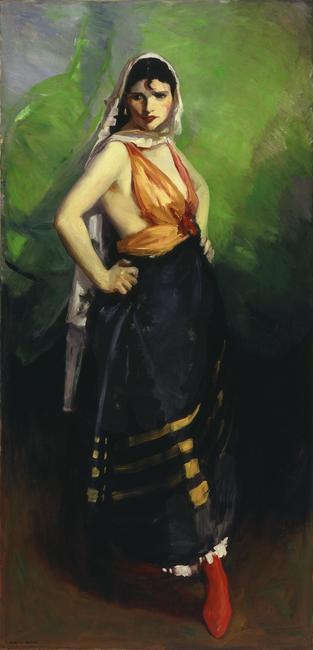
“The Chrysler Museum is honored to collaborate with the Milwaukee Art Museum on this exciting new exhibition,” said Erik Neil, director of the Chrysler. “Together we are offering a new glimpse into the historical influence of Spain and Spanish artists on American art history.”
Americans in Spain: Painting and Travel, 1820–1920 is co-organized by the Milwaukee Art Museum and the Chrysler Museum of Art, and co-curated by Brandon Ruud, Abert Family Curator of American Art, Milwaukee Art Museum, and Corey Piper, Brock Curator of American Art, Chrysler Museum of Art.
A full-color, hardcover catalogue published by the organizing institutions will feature essays by the exhibition’s curators and leading scholars. Distributed by Yale University Press, the catalogue will be available for purchase from the Museum Store.
This exhibition is made possible in part by a major grant from the National Endowment for the Humanities: Exploring the human endeavor. The Henry Luce Foundation is the National Presenting Sponsor of Americans in Spain, which also is supported by an indemnity from the Federal Council on the Arts and the Humanities. Supporting Sponsors are the Wyeth Foundation for American Art, the Tourist Office of Spain in Chicago, and the Milwaukee Art Museum’s American Arts Society; Contributing Sponsors, Christie’s and The Gladys Krieble Delmas Foundation.
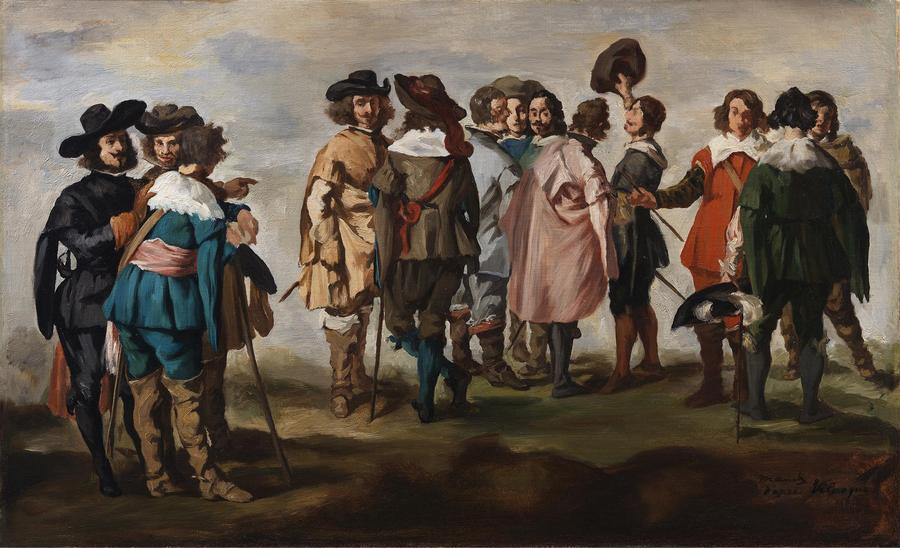
The 3D Visualization of the Prado Museum and Interactive Artist Travelers Project and exhibition app were developed in partnership with Marquette University, including Dr. Eugenia Afinoguénova, professor of Spanish languages, literatures, and cultures, and Tim Korolev and Shiyu Tian, and funded by a Marquette University Explorer Challenge Grant.
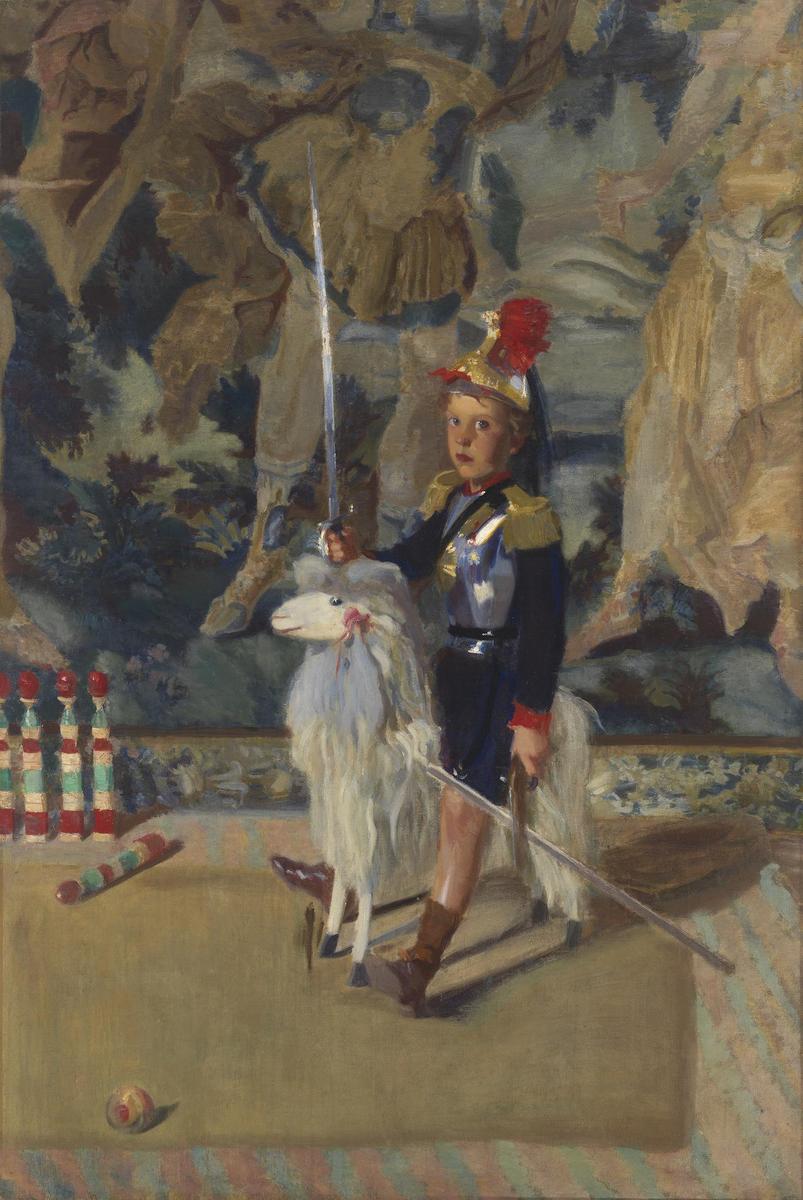
At the Milwaukee Art Museum, exhibitions are made possible by the 2020 Visionaries: Donna and Donald Baumgartner, John and Murph Burke, Sheldon and Marianne Lubar, Joel and Caran Quadracci, Sue and Bud Selig and Jeff Yabuki and the Yabuki Family Foundation. A generous gift from the Terra Foundation for American Art helped support curatorial staff at the Milwaukee Art Museum and Americans in Spain during the COVID-19 pandemic.
